Models in the Mathematics Classroom
The creation and use of mathematical models can help students develop new concepts or relationships and make connections between symbols and concepts. Because different models show different aspects of the concept, the use of various models shows students various representations of the same concept, allowing them to make deeper connections. For example, numbers can be represented as objects, set patterns, segments on a line or scale and points on a dial. Through modelling a mathematical concept, students can express how they understand the mathematical concept or relationship. For example:

| 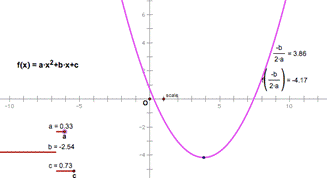 |
Exponential growth patterns can be modelled by using geometric shapes.
| A quadratic function can be modelled by using a graph. |

| 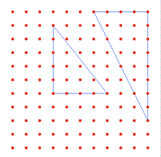 |
The concept of addition to determine a quantity using two numbers of lesser value can be modelled by using a number line.
| Triangles can be modelled by using geoboards and a dot grid. |
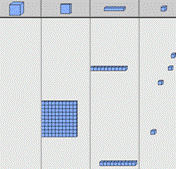
| 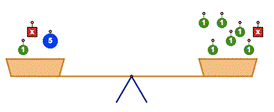 |
The concept of base ten can be modelled by using blocks and diagrams.
| The concept of equivalence can be modelled by using a pan balance. |
While mathematical models are an extremely important way to express ideas, the use of a single model does not guarantee the understanding of a mathematics concept. Instruction needs to foster multiple ways of representing mathematical concepts. For example, the fraction  can be represented as a geometric region, a discrete set or on a number line, as illustrated below. can be represented as a geometric region, a discrete set or on a number line, as illustrated below.
Geometric region |
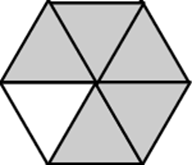
|
Discrete set |

|
On a number line |

|
Concepts like equivalence and relative size can be explored to connect and formalize understandings about fractions and decimals. For example, which fraction is larger:  or or  ? Getting students to explore multiple representations of the fractions as geometric shapes, discreet sets or a point on a number line can help build understandings (Behr and Post 1992). ? Getting students to explore multiple representations of the fractions as geometric shapes, discreet sets or a point on a number line can help build understandings (Behr and Post 1992).
|

|

|
Geometric region |
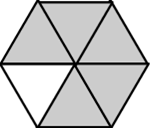
|
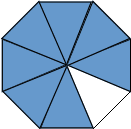
|
Discrete set |

|

|
On a number line |

|

|

|
|





